Is My Car Out of Gas or Dead Battery (10 Signs to Look For)
-

- Last updated:
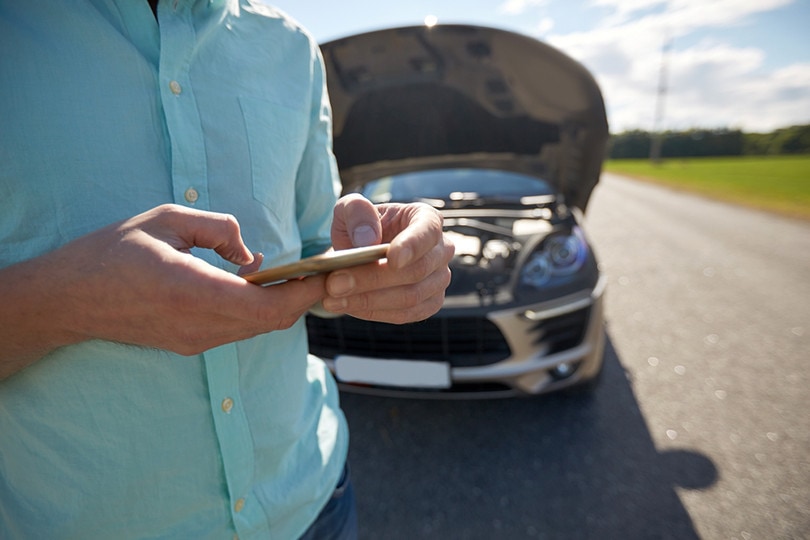
We’ve all been there: you’re trying to get to work, but the engine won’t start. Or maybe you’re in the middle of a highway, and the car suddenly stops. What’s causing this? Is it the transmission? Or maybe the spark plugs are all out of “juice”? In most cases, if the car is acting up, you’re either out of gas or the battery is dead.
So, which one is it? How do you know whether it’s time to replace the battery or just fill up the tank? That’s what we’re here to find out! First, we’ll go over five common signs of a faulty battery. Next, we’ll cover what happens when a vehicle is out of gas by identifying things to look out for and how to fix that. Buckle up, and let’s dive in!
Topics discussed in this article:
The Battery Is Dead: Common Side Effects
1. Car Takes Longer to Start
No matter how big or small the battery is, if it’s freezing outside, you might have to give it some time to start the car. This is true both for older and newer units. But if you’re parked in the garage, and the battery is still failing at giving the engine a strong enough charge, that means it’s time to replace it. Faulty starters and alternators can also cause trouble with engine startup.
But, in most cases, the weak link is the battery. Now, before you throw it away and buy a new one, give the battery a chance to prove itself. Charge it to 100% and try again. Also, ask a mechanic to take a quick look at it. Still not going anywhere? Well, it’s ready to retire. A brand-new battery will set you back $150–$300, with the auto shop charging anywhere from $15 to $100 for the installation.

2. Nothing Happens When You Turn the Key
If you turn the key or push the “Start” button, but the engine doesn’t react in any way, that means the battery is dead. More specifically, the starter is not getting a strong enough charge, and that’s why there’s no ignition. This is one of the most common signs of a failing battery unit. Recharging it might help, but don’t get your hopes up.
Instead, take a moment to check on the starter motor. If it’s moving at a slower-than-usual speed, that’s another sign of a faulty battery. In contrast, when the starter is moving at nominal speed, yet the engine isn’t showing signs of life, that’s a clear indication that the sparks are to blame, not the battery.
3. The Motor Shuts Down After Starting
Sometimes, the engine does start the second you turn the key, but it instantly shuts down instead of switching to idle mode. This happens when the charge is there, but the battery is too weak to produce a powerful “blast” that will last. Or, it could be a faulty ignition coil, fuel pump, or MAF sensor. Check those systems first before dumping the battery.
The ignition coil is the “middle man” between the spark plugs and the battery. When it’s malfunctioning, the plugs don’t get a steady spark, and that’s why the engine stops. As for the fuel pump relay and MAF sensor, they are coordinated and controlled by the vehicle’s computer. So, you might want to check it as well.
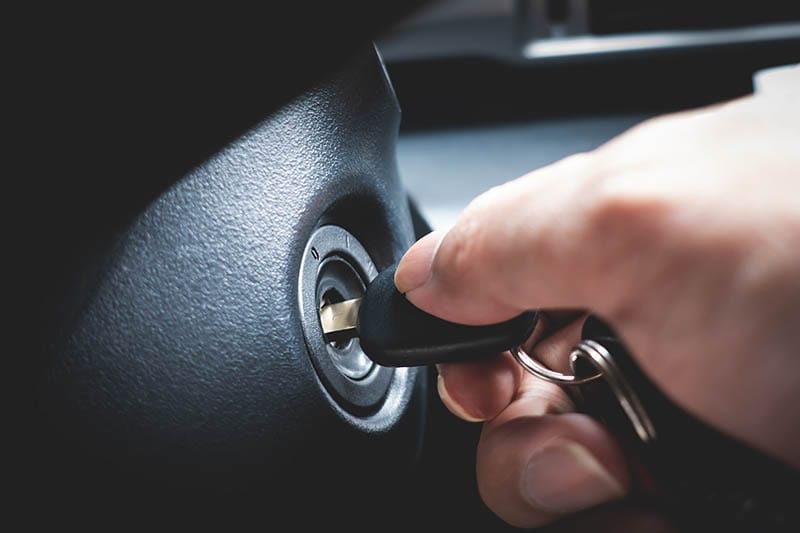
4. The Lights Don’t Come On
Unless you’re driving a really old car, the door lights should automatically turn on every time you open the door. And then, when you turn the key, the dashboard should come up. In some cars, the ignition also triggers the heater or the AC. If that’s not happening, it’s a sign that your battery is too weak to charge the lights.
This is important: when the battery is strong enough to at least power the headlights but not the motor, recharging it might bring it back to life. At the same time, if it’s so depleted that even the dim lights aren’t firing up when you turn the key, the only solution is to replace the old battery.
5. “Check Engine” and Strange Smells
When this warning comes up, start by diagnosing the engine, spark plugs, header, alternator, and exhaust pipes. If all these systems are doing ok, but the “Check Engine” light isn’t going away, it might be that the battery is out of charge. Sometimes, the CE light appears when the battery is deformed (like cracked or bloated). As a side effect, you’ll notice a bad odor, which is caused by a leaking battery.

The Vehicle Is Out of Gas: Common Signs
1. The Car Doesn’t Start
It’s as simple as that: when there’s not a drop of gas in the tank, the vehicle won’t move. To ignite the starter, the car needs gasoline—that’s how modern-day cars work. Besides, there’s a built-in defense mechanism that prevents the engine from starting. Without it, you may damage the gas pump by trying to start the motor repeatedly. Driving on empty may also lead to a clogged fuel filter and a misfiring engine.
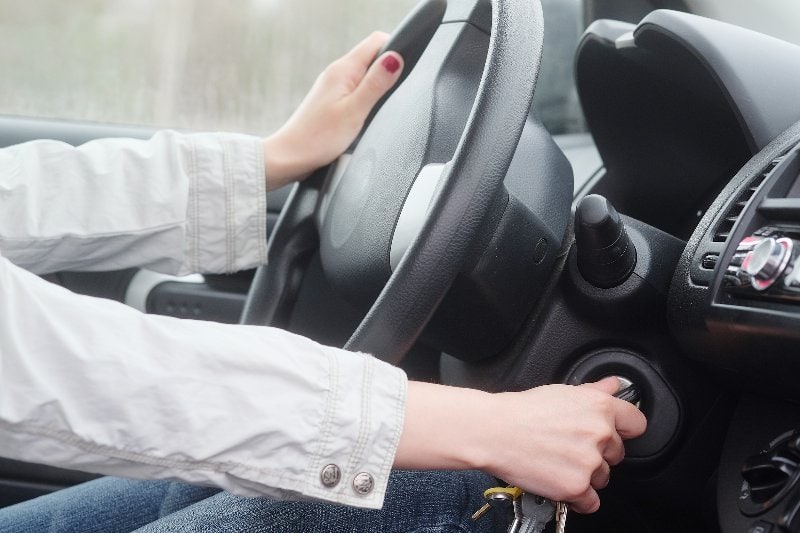
2. The “Gas Light” Warning Pops Up
The warnings on the dashboard are often overlooked, but they help us keep the car in proper shape and avoid accidents on the road. Sometimes, you’ll see the “Check Engine” light, and it might indicate that there isn’t enough gas in the tank. In other cases, the “Gas Light” warning will appear. Ideally, you should stop the car that very second and park in a safe spot.
But if there aren’t any gas stations or hotels nearby, drive at a low speed to reach the closest filling station. When this warning appears on the screen, that means you still have 1–2 gallons left. So, use this opportunity wisely! Did you waste every single drop of gas and couldn’t find a new can? Well, then get in contact with a local towing company.
3. The Car Shuts Down After Starting
If the engine automatically shuts down right after you start it, that could be caused by a lack of fuel, not a dead battery. The patterns are identical, which is why this one could be a bit of a challenge. On the bright side, checking the gas tank will only take a minute or two. The fuel gauge should display the current level on the dashboard.
If not, go ahead and open the tank. Depending on the vehicle, the mechanism can be a bit different. Stop the car and hit the fuel release level. You’ll find it right underneath the driver’s seat. Or it could be a button located on the door. Get out of the car and press the tank door. Turn the cap (counterclockwise) and use a dipstick to check how much gas you’ve got left.
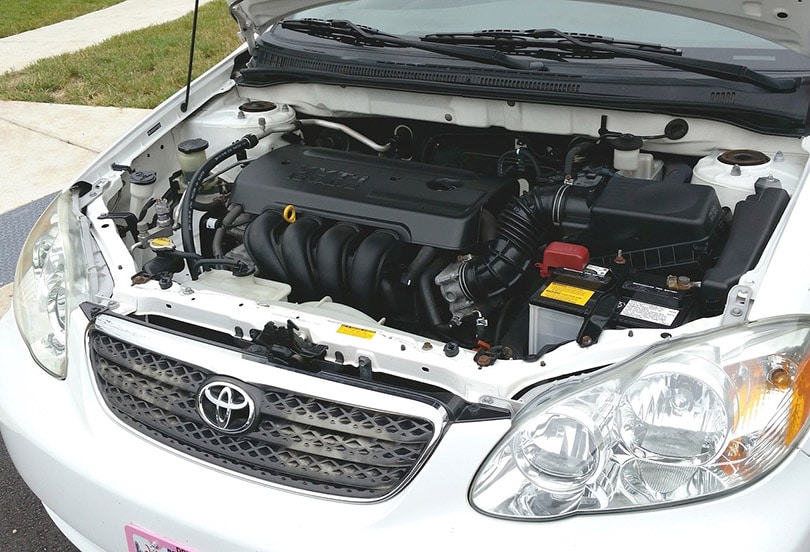
4. You Hear a Warning Signal
Most cars have a built-in warning system that sounds the alarm when the fuel levels get low. Therefore, if the low fuel warning light isn’t coming up on the dashboard, but the car is making a strange sound, that shows that you’re running low on gas. Sometimes, this means the fuel pump is faulty, so check on it as well.
5. It’s Becoming Harder to Steer the Wheel
When the engine starts losing power due to fuel insufficiency, you’ll notice that it’s now much harder to drive the car. That’s because the brakes and steering wheel aren’t getting any hydraulic power. Does this mean you’ll lose control over the vehicle? No, not quite. But it will take a bit more “oomph” to go left or right or hit the brakes. If the car is packed with electric power steering, this won’t be a problem.

Frequently Asked Questions (FAQs)
How Long Do Car Batteries Last?
The short answer is three years. Most batteries last longer than that; however, once you go over that 36-month threshold, you should expect minor imperfections in the performance. On average, a properly maintained battery should serve for five years, with the best ones making it to 6–7 years. Most manufacturers recommend replacing the old unit in 4–5 years.
Otherwise, it will give up on you without a fair warning, leaving you stranded. The math here is simple: the more you drive, the sooner the battery will die. To stay one step ahead of a potential breakdown, have the battery inspected at least once or twice a year by a professional mechanic. And here’s how you can make the battery last longer:
- Keep the terminals corrosion-free
- Don’t let the battery’s charge drop to zero
- Never let accessories deplete the charge
- Use a maintainer to keep the battery up
- Don’t touch the factory heat shields
- Protect the battery from extreme heat
- Run regular tests and have it checked by a pro
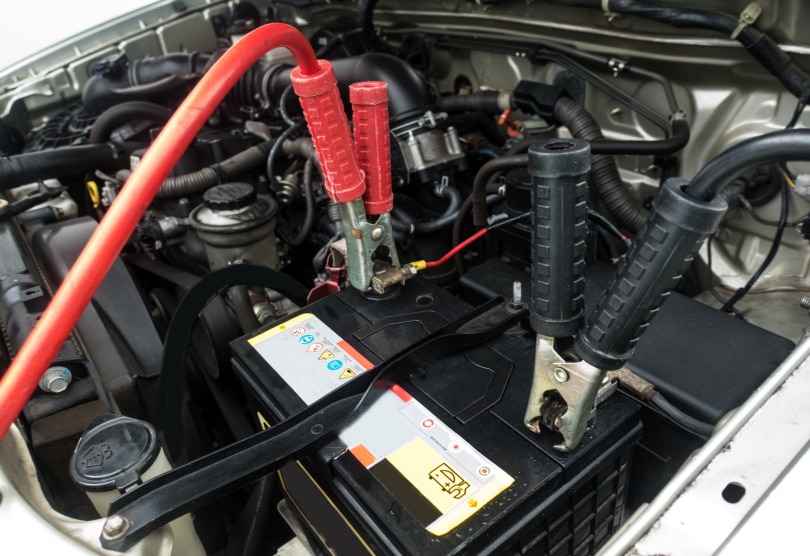
Does a Failing Battery Affect Performance?
A faulty battery will negatively affect the fuel efficiency of your vehicle. The reason: the alternator will have to use more fuel to charge the failing unit. It will be forced to work harder, too, wearing itself out. The cylinders could suffer as well, which, again, results in poor performance. The same goes for the built-in computer that controls the air-to-fuel mix.
More than that, if the battery breaks down, that might cause permanent damage to the motor (like overheating). Also, when the battery fails to deliver an even, steady charge, all the accessories in the car will start to malfunction. We’re talking about flickering lights, failing radios, heaters, and even windows.
What Should You Do With the Old Battery?
Did you know that 99% of all used car batteries are recycled? That’s right, and you won’t have to pay a single penny for that. There are quite a few locations across the country that will dispose of them for free. Some manufacturers might even give you a credit for returning an old battery. Having a hard time finding a facility that can handle old batteries?
Don’t hesitate to use specialized websites and apps. The process is very straightforward: just enter a zip code, and the website will find the closest hazardous waste collection centers in the area. In any case, don’t try to get rid of the battery by throwing it into the waste bin or burying it in the backyard!
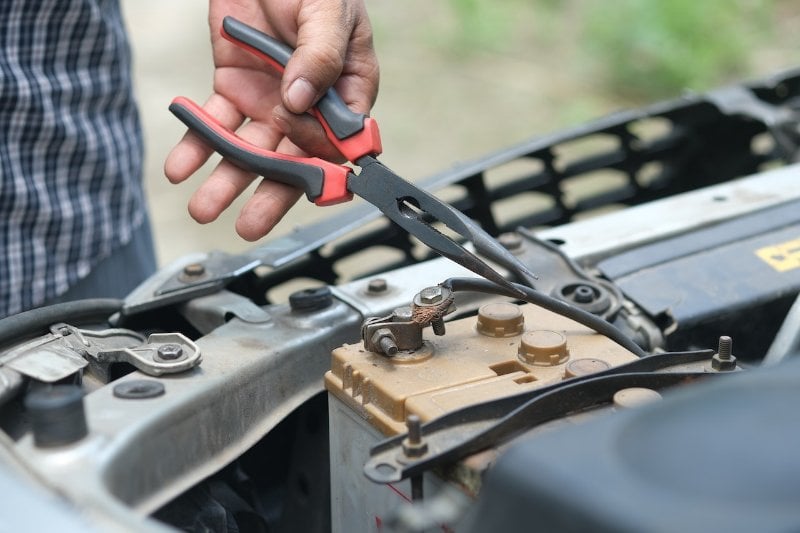
Premium-Quality Gas: Is It Worth It?
You should only invest in premium gas if the car’s manufacturer recommends it. Expensive gas is only required for high-performance engines (to match their high compression ratios). Using cheaper gas will negatively affect performance and (potentially) cause permanent damage. But if you’re driving a regular car, there’s little reason to pay extra for pricey gas.
Summing up, a standard engine won’t run faster, consume less fuel, or last longer, no matter how much the gas costs. So, check the instructions provided by your vehicle’s manufacturer. It should include info on recommended gasoline types along with maintenance tips and tricks.
 Conclusion
Conclusion
Are you a confident driver with years of experience? Well, your car might still break down in the middle of nowhere. And sometimes, it’s almost impossible to find what’s causing it. Even if you filter everything out and narrow it down to battery or gas problems, it will still be hard to put your finger on it. But, if you know what to expect, it will be easier to call it.
Today, we went over the most common signs and symptoms of out-of-gas cars and malfunctioning batteries. Now, while some of the side effects do intertwine, if you use our guide as a manual, you’ll be able to identify the problem and come up with a solution without breaking a sweat!
Featured Image Credit: Syda Productions, Shutterstock
Contents

